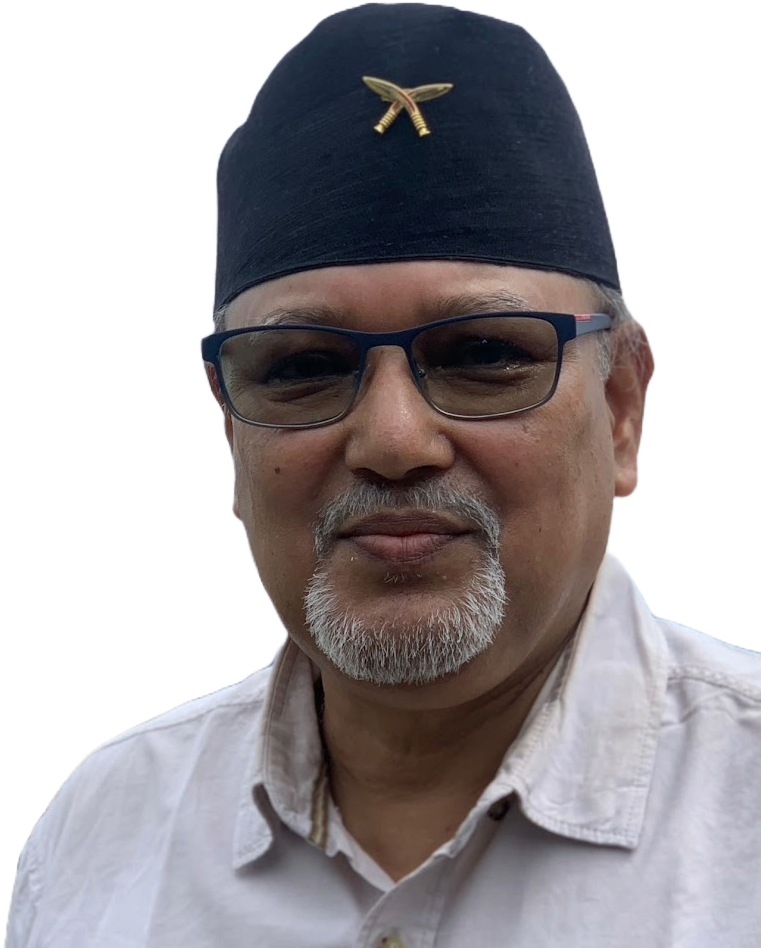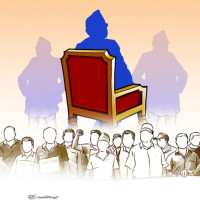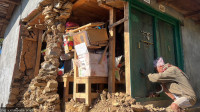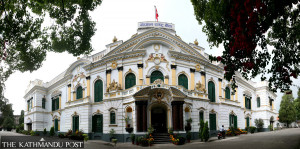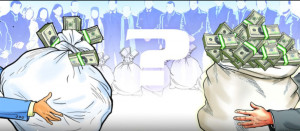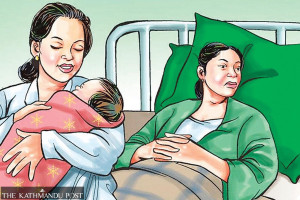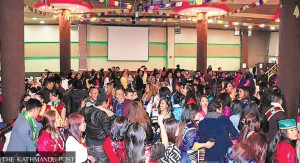Columns
Political party paradox
This rise of new parties is a healthy and necessary response to diversifying alternative forces.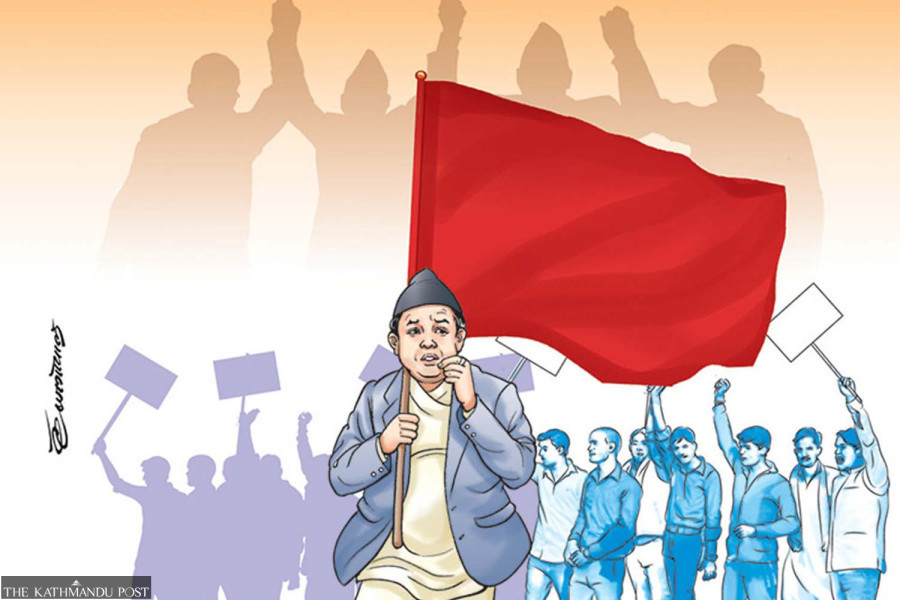
Santosh Bisht
Nepal’s journey with political parties began with a dream of participatory democracy. In the mid 20th century, courageous groups, such as the Praja Parishad established in 1936, challenged the oppressive Rana rule, leading to a revolution in 1951. This sprouted Nepal’s first major political force, the Nepali Congress (NC), which promised a future where multiple parties could govern together. This period marked the birth of formal party politics, with the NC emerging as the primary democratic force, promising a new era of multi-party governance.
The promise of 1951 was quickly suppressed as the monarchy reasserted absolute control, banned parties and introduced the partyless Panchayat system in 1960. For the next 30 years, political parties were forced to work in clandestine or in exile, operating from India and waging a subdued, often suppressed, struggle for the restoration of the multi-party system. Their visible emergence onto the public stage came with the People’s Movement of 1990, led by the NC and a united front of communist parties, which successfully uprooted the Panchayat system, granting political parties the constitutional right to operate and compete in elections, guaranteeing their role as the central architects of the modern Nepali state.
Since the restoration of multi-party democracy in 1990, Nepal’s political landscape has demonstrated a spirited yet intensely volatile party system, witnessing a rapid succession of governments, creating an agonising and painful instability at the centre of the political process. In just over a decade, until the direct intervention of the monarchy in 2002, Nepal saw 10 different governments led by nine Prime Ministers, a complete numerical representation of the fragile and often fragmented nature of political alliances.
From the restoration of democracy in 1990 through to 2025, the nation has witnessed over two dozen prime ministers in these 35 years. This frequent shift of power, often driven by various coalition loyalties rather than party manifestos or ideologies, has significantly eroded public trust and highlighted an inability to provide sustained and stable governance. This period of political fluidity has created a foundation for public frustration that is now coming to the fore. The frequent change in leadership was less a reflection of vibrant democratic choice and more an indicator of a system where the competition for executive power superseded the articulation of political agendas as stipulated by the party manifesto.
This state of affairs fostered a political culture where the initial ideological distinctions of major parties became increasingly diluted. The primary political activity evolved into a competition for power, where utilitarianism, in its most pragmatic form, often dictated political decisions. Coalition building and government formation frequently required setting aside core ideologies, leading to a gap between the declared values of political parties. This divergence was further complicated by the outbreak of the Maoist insurgency in 1996, which gradually limited the state’s authority and, by extension, the ability of mainstream parties to govern effectively outside urban centres. The conflict forced a security response, further diverting attention from developmental activities and deepening the gap between political rhetoric and tangible action.
Consequently, a key challenge in assessing this period is ascertaining whether the political parties’ struggle to “walk the talk” stemmed from a lack of political will or a genuine deficit in political capacity or an unresponsive bureaucracy that often obscured the actual functioning of the government. The persistent pursuit of power, often at the cost of party ideological compromise, created a perception that utilitarian attitudes had taken the foundational role of political parties as vehicles for public good. Whether constrained by the exigencies of coalition politics, the overwhelming shadow of the Maoist conflict, or internal party dynamics, demonstrated readiness to compromise on stated principles made it difficult for mainstream political parties to fully stand for their democratic mandate and deliver on their promises to the electorate.
The frustration was seen during the recent Gen Z-led movement, where the very existence of traditional political parties was fundamentally challenged to its core. Protesters, expressing profound disillusionment with the extent of corruption and unfulfilled promises, resorted to violence or modern “Kot Parwa”. While this anger is understandable, it is crucial to affirm that democracy and violence are different partners; one ultimately contradicts the other. Violence cannot be a means to climb to power in a democracy. Violence is a parochial culture, and it should not be used as a tool; it is the ballot box and not the bullet that decides. However, the fact that the very usefulness of political parties has been so publicly questioned is a serious matter for the nation. It must be recognised that political parties are the lifeline of any democracy; they are the primary vehicles for political representation and aggregation of public interest, and they must not be sidelined, no matter how dire the situation may seem. Parties are the backbone of democracy; they are essential for representing people’s voice, and cannot be cast aside. Parties are a prerequisite for the sustainability of democracy.
With elections anticipated in the next few months, the path forward requires inclusivity and compromise. The existing political parties must be brought on board; their participation is indispensable for a legitimate electoral process. For elections to be legitimate, the participation of established parties is essential. They must be part of the solution. Concurrently, the emergence and rise of new political parties, with a commitment to delivering better services and accountable and transparent governance, is a healthy democratic response to the dysfunction of traditional establishments. This rise of new parties is a healthy and necessary response to diversifying alternative forces, allowing people to make better choices. To steer this transition and sustain democratic governance, the formation of a national reconciliation government could be a wise measure. Such a government, comprising both traditional and emerging forces, could help create a stable and credible environment for the upcoming elections, ensuring that Nepal’s democratic future is secured through dialogue and inclusion, not conflict and division.




 18.12°C Kathmandu
18.12°C Kathmandu